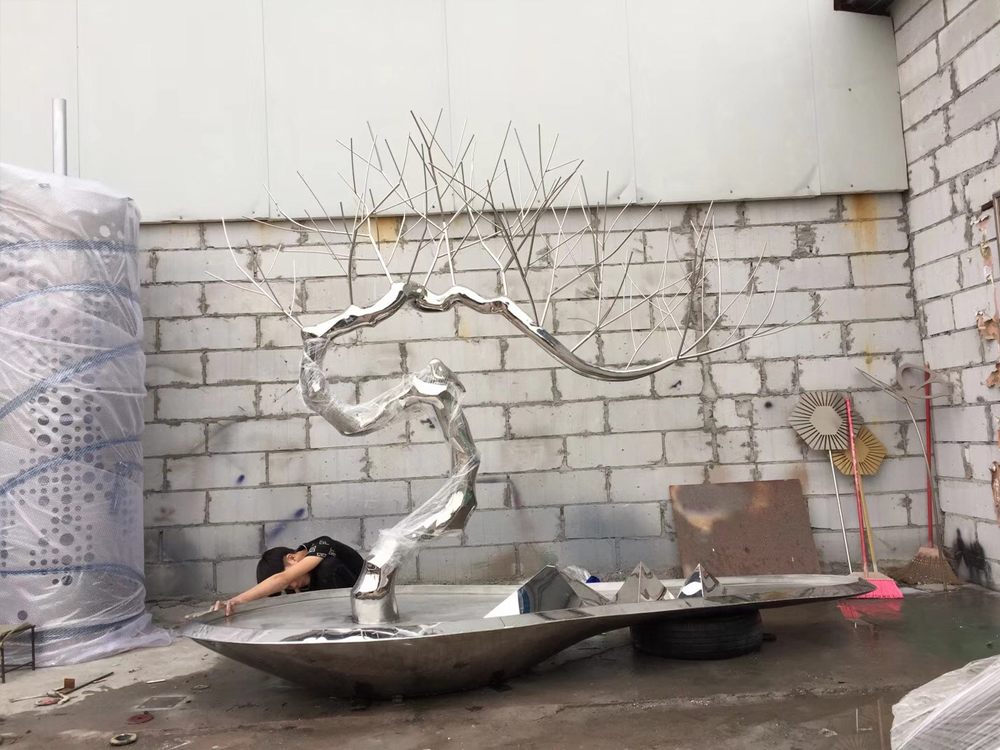
Creating porcelain sculptures for high-altitude locations presents unique challenges that test the limits of ceramic art. One of the most significant hurdles is the material's inherent fragility. Porcelain, while prized for its delicate beauty, is highly susceptible to cracking under rapid temperature fluctuations common in mountainous regions.
Transporting these artworks to high elevations adds another layer of difficulty. The thin air and low oxygen levels at altitude can affect the curing process of glazes, potentially altering their final appearance. Artists must also consider the increased UV radiation exposure, which can fade colors over time.
Perhaps the most daunting challenge is the extreme weather conditions. High winds, heavy snowfall, and freeze-thaw cycles can quickly degrade even the most carefully crafted pieces. To combat this, sculptors often use specialized high-fired porcelain blends and reinforce structures with internal supports.
The reduced atmospheric pressure at altitude also impacts the firing process itself. Kiln temperatures must be carefully calibrated to account for lower boiling points, requiring artists to adjust traditional techniques. Despite these obstacles, the breathtaking results make the effort worthwhile, creating ethereal artworks that seem to merge with their lofty surroundings.
Successful high-altitude porcelain sculptures represent a triumph of artistic vision over environmental adversity, blending human creativity with nature's grandeur in some of Earth's most challenging landscapes.

